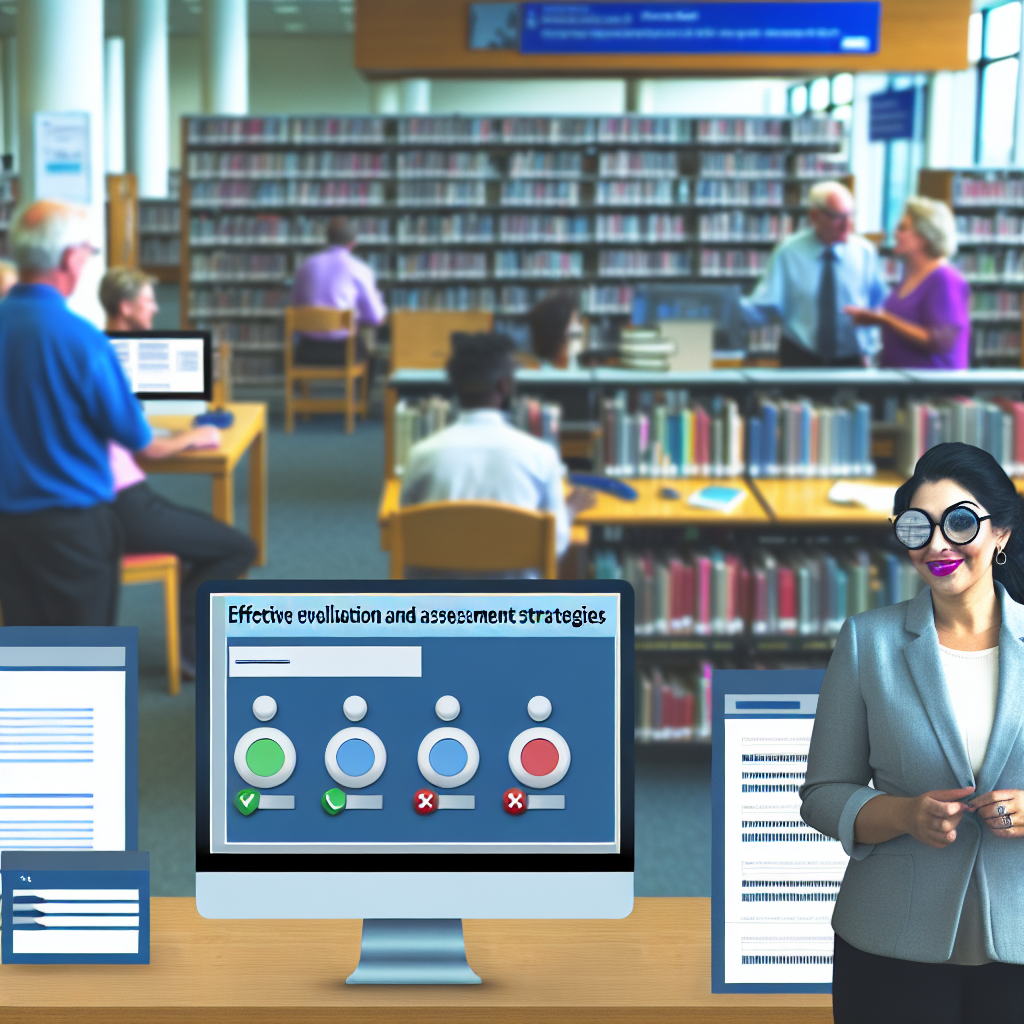Foundations of Evaluation and Assessment in Library Settings: Part II – This Is How We Do It…
Building on foundational theories, this article explores practical approaches to implementing effective evaluation and assessment in library environments. We will examine how to develop meaningful metrics, engage stakeholders, and embed assessment into daily operations to ensure continuous improvement. Understanding these strategies is essential for librarians committed to demonstrating value and enhancing user experiences.
Translating Evaluation Concepts into Practical Actions
Effective evaluation in a library setting transcends mere data collection; it involves transforming abstract concepts into actionable strategies that inform decision-making and improve services. This process begins with identifying clear objectives aligned with the library’s mission. For example, if a goal is to increase engagement with digital resources, librarians must establish specific metrics such as download rates, session durations, or user feedback scores.
Implementing these metrics requires careful planning and consistency. Regularly scheduled assessments—such as quarterly surveys, usage analytics, and focus groups—provide ongoing insights into user needs and service efficacy. To truly embed evaluation into the fabric of library operations, staff should be involved in designing evaluation tools, interpreting results, and applying findings. This collaborative approach fosters a culture of continuous improvement driven by real-world data.
Engaging Stakeholders and Demonstrating Impact
An essential component of practical assessment is stakeholder engagement. This includes not only library staff and users but also administrators, funding bodies, and the wider community. Engaging stakeholders involves transparent communication about evaluation goals, processes, and outcomes. Techniques such as stakeholder meetings, detailed reports, and presentations help to foster trust and demonstrate the tangible impacts of library programs and services.
Moreover, integrating qualitative feedback—like user testimonials and anecdotal evidence—with quantitative data creates a comprehensive picture of success or areas needing improvement. This holistic approach ensures that assessment results are meaningful and actionable, guiding resource allocation, strategic planning, and policy development. For instance, if data reveals that teenagers are underrepresented in program participation, targeted outreach initiatives can be developed to address this gap.
Embedding Evaluation into Daily Operations
For assessment to be truly effective, it must become an integral part of daily library operations. This involves establishing routine practices such as ongoing data collection, staff training in evaluation techniques, and regular review cycles. Automation tools—such as integrated library systems and analytics software—can streamline data gathering, freeing staff to focus on interpreting results and implementing improvements.
Additionally, fostering a mindset of reflection and adaptability ensures that evaluations lead to meaningful change. Staff should be encouraged to seek out innovative assessment methods, experiment with new metrics, and learn from both successes and failures. This dynamic process not only enhances service quality but also demonstrates a library’s commitment to responsiveness and accountability.
Conclusion
Effective evaluation and assessment in library settings hinge on translating theoretical principles into practical, routine actions that involve stakeholders and foster continuous improvement. By setting clear goals, engaging users and staff, and integrating assessment into daily workflows, libraries can demonstrate their value and adapt to evolving community needs. Embracing these strategies ensures that evaluation complements service excellence and strategic growth.
